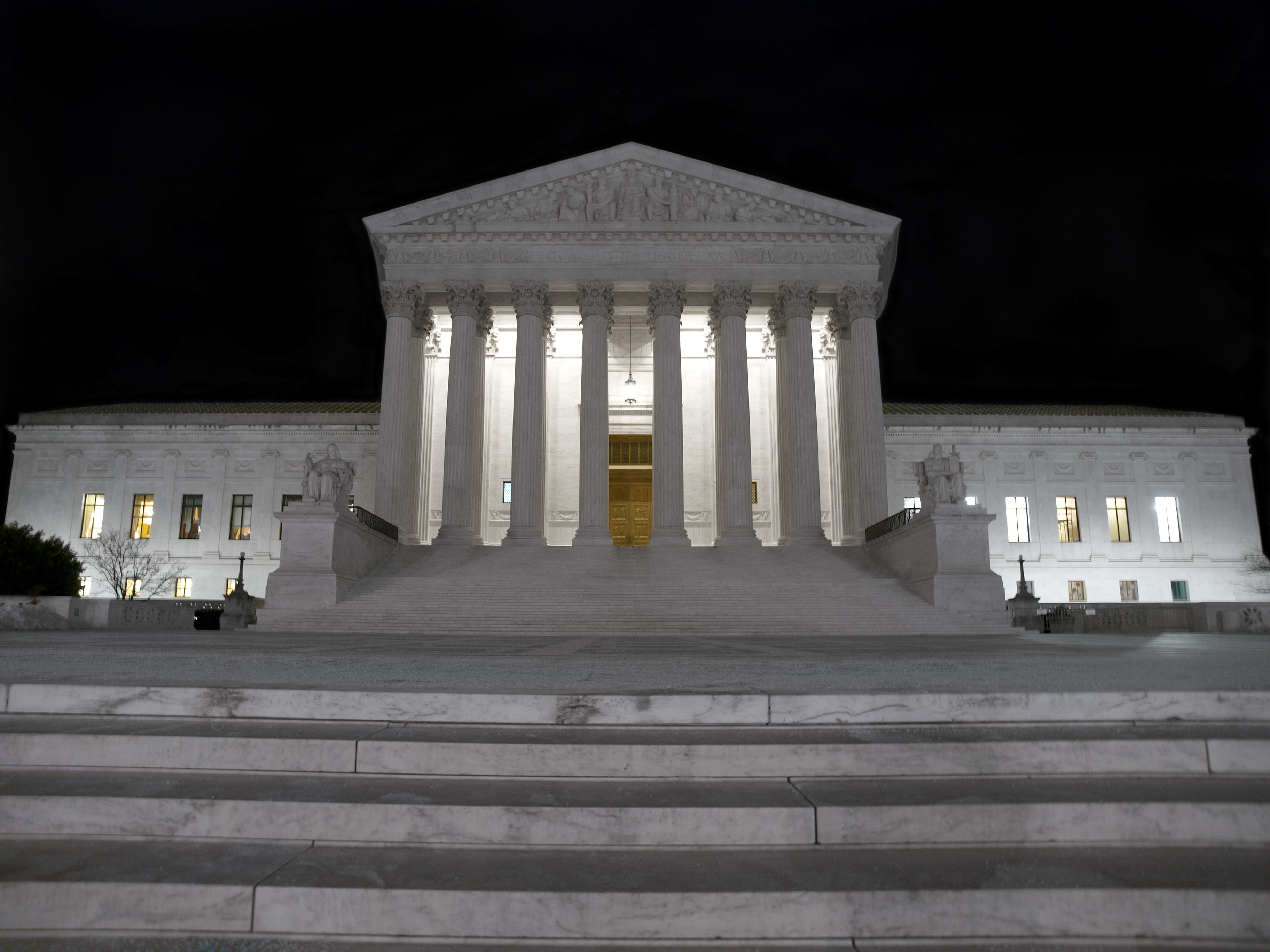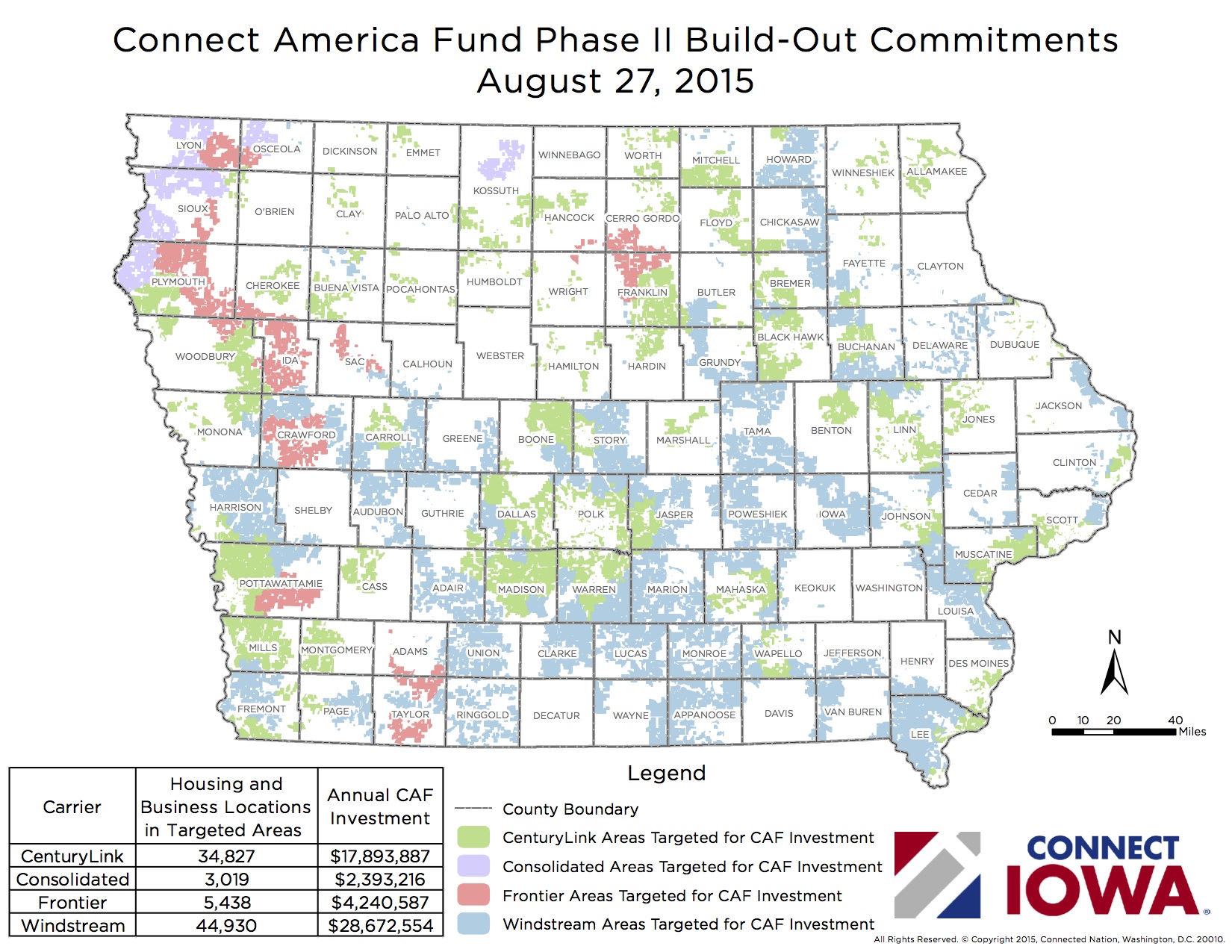Iowa Joins Growing List of States Prohibiting ‘Sanctuary Cities’

Clear a space for Iowa’s name on the growing list of states prohibiting the existence of sanctuary cities, as the state’s Republican-controlled legislature sends the prohibition bill to the desk of Governor Kim Reynolds, a Republican, who is most likely going to sign it into law.
Under Senate File 481, all law enforcement officials are expected to comply with Immigration, Customs and Enforcement (ICE) detainer requests for illegal aliens who have been taken into custody for violating local laws, and who are suspected of being in the country illegally. Several other provisions in the bill further the intentions of the law, including the prohibition of local law enforcement agencies sharing information with ICE and other law enforcement jurisdictions. The bill would prevent law enforcement from interfering in an ICE investigation on a person suspected of entering the country illegally. If a city or county fails to comply with the law, then the state can withhold “any state funds” for up until 90 days, at which point the entity can begin an appeals process.
The bill initially passed the Senate last year and was not taken up in the House until this session, and featured several amendments aimed at appeasing challengers of the bill, who argued that the law’s enforcement would eventually lead to racial profiling, and create hostility between law enforcement and communities with high immigrant populations. The law also states that law enforcements need only an ICE detainer to hold a suspect, and not a signed court order.
After several hours of questioning on behalf of Democrats on the House floor before the bill’s passage in a vote of 55-45, Floor Manager and Representative Steven Holt (R-District 8), told lawmakers that there was no direct instance of officers denying ICE detainer requests that inspired the bill, and no policies that actually called jurisdictions sanctuary cities. Holt did however, cite Iowa City’s current policy, found in resolution 17-27, that said the city will take no law enforcement action nor commit local resources to enforcing immigration law. Holt and other Republicans in the legislature cited the murder of Sarah Root in 2016 as a reason the bill had to be passed.
“I’m not waiting for someone to get killed [by an illegal immigrant] to take action,” Holt said.
Root was killed in a car crash involving the 19-year-old Eswin Mejia, who was in the country illegally and was drunk, causing the fatal car crash. Mejia was arrested and placed on a $50,000 bond, of which Mejia only had to pay 10 percent. Once paying the bond, Mejia fled, leaving many to wonder how he was able to be freed from jail without any question of his immigration. However, in the Root death, a detainer for Mejia was never issued, meaning law enforcement wasn’t obligated to keep him under suspicion of being an illegal alien.
Despite many Democrats calling the bill a solution in search of a problem, the legislation passed the Senate 28-18, with three Democrats and one independent voting for the bill.
Challengers to the bill still argued that it would negatively impact communities with an immigrant population; however, the bill features explicit items that prevent local law enforcement agencies from profiling and discriminating, as well as awards protections to persons who witness crimes or who are victims in crimes at the hands of illegal aliens, who may not be U.S. citizens themselves.
States like Mississippi and North Carolina already have laws on the books banning sanctuary cities, with North Carolina circulating a bill that would strip funding away from cities that go against the legislation. U.S. Attorney General Jeff Sessions has repeatedly tried to block jurisdictions that are sanctuary cities from receiving federal grants but has not been able to bring his agenda as far as he and President Donald Trump want. From a state perspective, however, the rule of public monies is a little different. A recent case upholding Texas’ prohibition of sanctuary cities, which could fine jurisdictions up to $25,000 per day of non-compliance, shows the power that states can wield against its cities.
According to Ilya Somin, a law professor at George Mason University and an adjunct scholar at the Cato Institute, the federal government is having problems denying jurisdictions federal dollars for not complying with immigration law efforts. However, when it comes to states themselves, Somin said that any law passed could be legal depending on the state constitution. Laws could be challenged if they infringe on certain federal amendments, but in terms of denying funding, since funding to cities isn’t an issue of the federal government, any law’s legality falls to the state’s constitution and whether or not it allows for the legislature to deny a city funding.
According to the American Civil Liberties Union-Iowa (ACLU-Iowa), the law could be challenged by the organization, but it would not comment on any legal strategy it would use to challenge the legislation.
According to the Iowa Legislative Services Agency (ILSA) several state funds made to cities that could be halted include: road use tax fund allocations, grants, and reimbursements; state property tax replacements, tuition replacement, flood mitigation projects, community college funding, grants made by the Iowa Economic Development Authority (IEDA), and “many other areas.”
While the ILSA did express concern that this bill could negatively target school districts and Area Education Agencies (AEA), Holt said that the bill is only targeting governing entities in the form of cities and counties.








